Designed by a lifelong skater and snowboarder, Remind Insoles promise to absorb impact, provide stability, and relieve pain during outdoor pursuits. But do these vibrant insoles deliver meaningful benefits for hikers and adventurers? We put them to the test across various terrains and footwear.
We never seem to think about replacement insoles until our bodies are pleading with us to fix our ailing back, feet … or everything.
We hike, we bike, we scramble over all sorts of terrain with durable hiking shoes or trail runners, but why not upgrade your footwear with a set of insoles to help your posture, give you added stability, and help minimize pain?
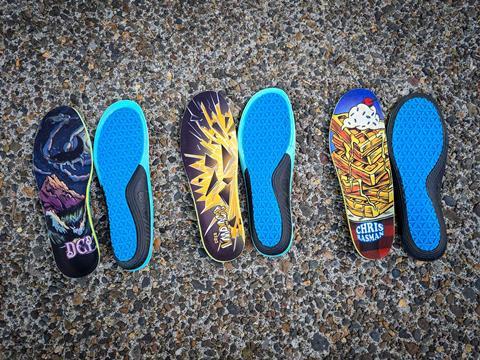
My husband, Andy Lilienthal, and I tested the Remind Insoles Medic Impact and Cush Impact products; do they work for action-packed outdoor activities? Read on to find out.
Who is Behind Remind Insoles?
John Makens grew up in Minnesota and was a kid during the 1980s. At the age of six, he fell in love with snowboarding and skateboarding and pursued various forms of that lifestyle. In 2008, he drummed up the idea of Remind as he needed a solution for body pain at the end of a day of riding.
“I’ve been skating and snowboarding for about 30 years now. Back around 2007 I noticed a large void in the insole design area,” said Makens. “I’ve always been one to replace the ten-cent unsupportive stock insole in my shoes or boots to save my back and knees, so I have experienced most every type of insole and started playing around with many different concepts and products.”
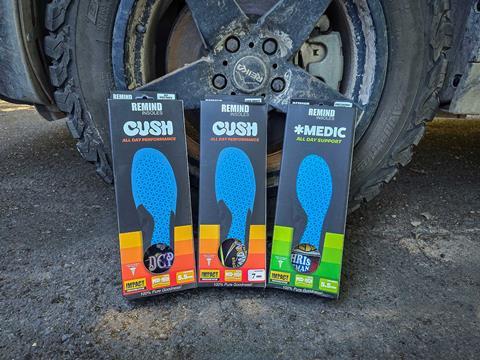
Makens developed a line of insoles, passed them around to folks for testing, and the rest is history. Although Remind Insoles are designs specifically designed for that crowd, they also work for everyday applications, too.
We tested them in a variety of ways to see how they’d stack up against competitors like Superfeet, which I’ve used for years, or KEEN insoles.
Remind Insoles focus on three main areas: foot and joint alignment, injury preventive support, and cushioning, self-molding customization. The company develops proprietary combos of materials to help with the above segments.
Key Features of These Remind Insoles
Each of the three products we tested feature an Impact Protection System. This means they have an “Extreme Impact Protection material” that can absorb up to 90% of energy imparted through impacts. All three models are lightweight, anti-fungal, anti-microbial, and breathable.
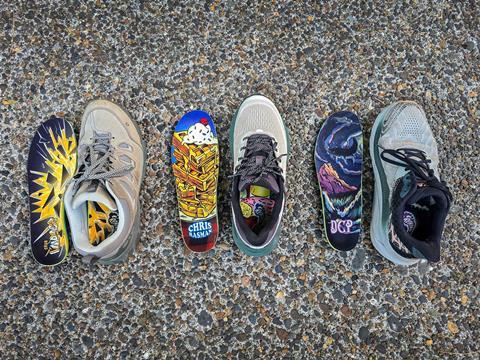
The Medic and Cush models boast a specifically engineered arch design promoting body and foot alignment that increases overall stability and balance.
Tip: Before you run out and buy replacement insole upgrades, check if your existing insoles are removable and would match the same type of volume and width as the new ones.
MEDIC IMPACT 5.5 MM Mid-High Arch | Chris Rasman Waffles Insoles
Each Remind Insole set packs a powerful punch of colors with an edgy print. The Medic Impact 5.5-millimeter insole set features a tall stack of waffles, citrus drink, and half-eaten donut with pink frosting.
The sides are black and light blue, and the underside has a rubber-type webbing that’s firm but pliable to the touch.
The Medic lineup has medium-high arch support, full-foot stability, and a sleek, sculpted design. This insole type is between the slim and wide width, offering a great fit for regular-sized shoes and boots.
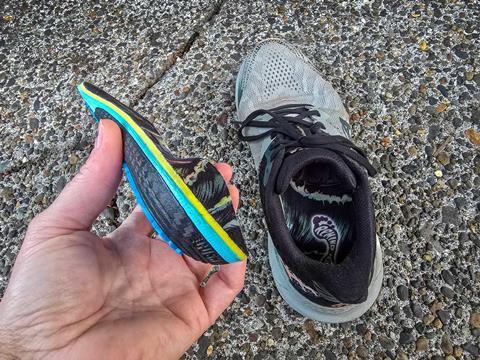
However, when compared to the Cush series, the Medic insoles are fully rigid versus soft, they focus on full foot support, but they have slightly less padding than the Cush series. The Medic is 5.5mm thick in the forefoot and 9mm thick in the heel.
I found the Medic insoles to be most supportive, and they fit each of my pairs of shoes I tried them with. My heel didn’t slip, I felt more stable when traversing uneven ground, and the padding wasn’t overly thick.
For Andy, however, the Medic felt stiffer than the Cush insoles. They added more rigidity and more solid feel for his footwear.
“For me, they didn’t feel as soft as the Cush products, but they conformed a bit more to my foot than the Cush insoles,” Andy exclaimed. “They lend a more solid footing to an already solid set of hikers.”
Price: $60.00
CUSH IMPACT 5.5 MM Mid-High Arch | DCP Space Manta Insoles
The Cush series has many of the same features as the Medic but comes in Remind’s widest width and has more cushion with less rigidity.
The Cush Impact 5.5-millimeter insoles have a front-area thickness of 5.5 mm and 9 mm thickness in the heel zone. Similar to the Medic model, the Cush series errs more on the high-arch side versus low.
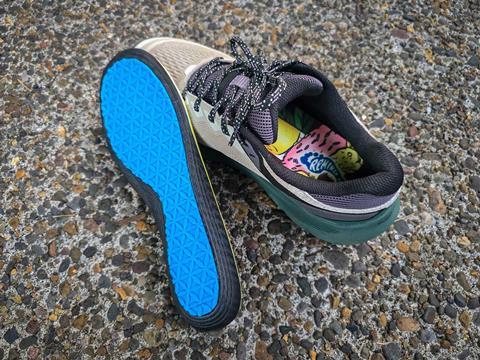
While the width was great for every shoe I tried them with, the heel made a bit of noise when used with a hiking shoe with a narrower heel area. However, it was very cushy and stable.
However, Andy said the Cush 5.5 MM felt the most comfortable for him (our shoe sizes are the similar, mine is women’s 10 and he is a men’s 8). “They felt soft but provided a more substantial insole alternative to whatever came with my shoes,” he stated. For him, they elevated his overall shoe or boot comfort.
Price: $50.00
CUSH IMPACT 7 MM Mid-High Arch insoles | All-Day Performance
We also tried the 7-millimeter Cush model, but we both found it too thick for our hiking boots and trail runners.
However, if you have large shoes or boots and that need a bit of space soaked up, the Cush 7 MM insoles would be a sure-fire bet to help you.
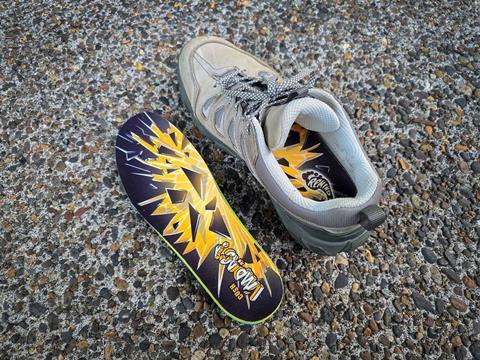
Price: $55.00
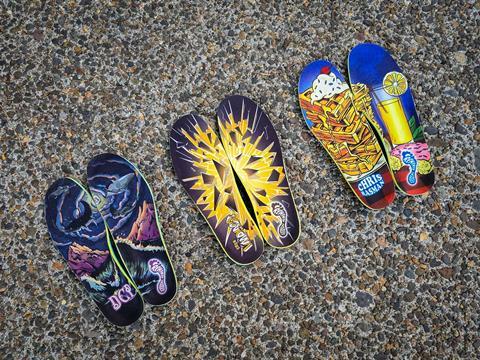
For us, the biggest difference was that the Remind Insoles collectively felt more substantial and comfortable, especially over other more-popular insoles, allowing for more stability and comfort during outdoor activities.
Access More Great Stories!
For more informative articles like this, consider subscribing to OVR Magazine in print or digital versions here. You can also find the print edition of OVR at your local newsstand by using our Magazine Finder.







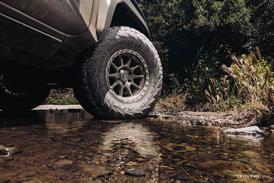




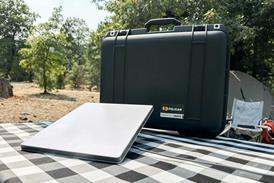
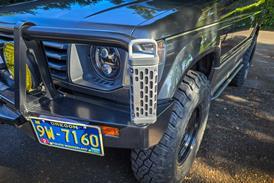
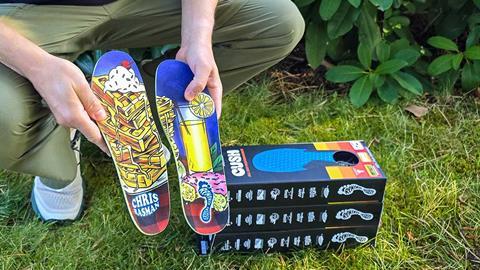






No comments yet